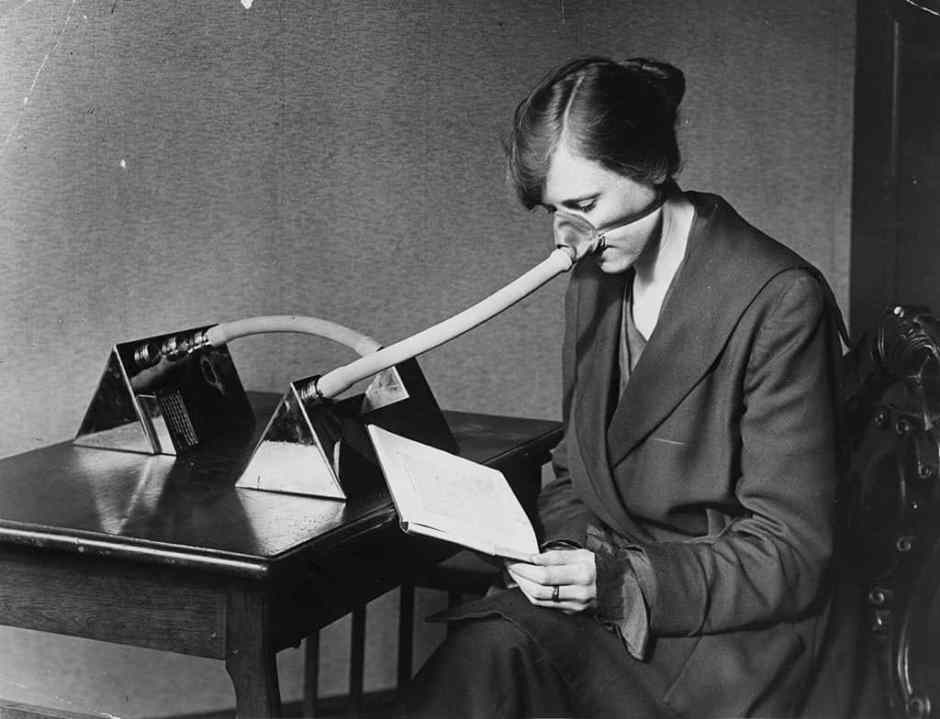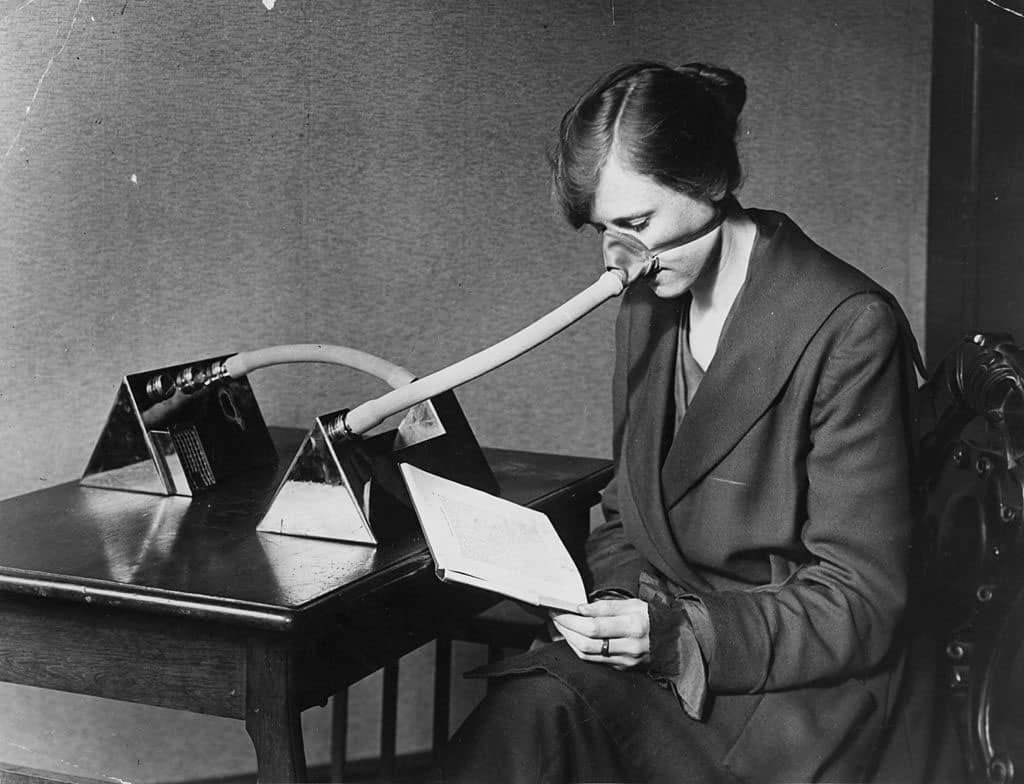Our collective Covid hangover includes facing the inevitable influx of pandemic novels. Following a cameo in Ali Smith’s Orwell Prize–winning Summer and Sally Rooney’s Beautiful World, Where Are You, the pandemic takes centre stage this autumn in titles including Sarah Hall’s Burntcoat and Sarah Moss’s The Fell. Across the Atlantic, authors including Gary Shteyngart and Louise Erdrich are also taking up the gauntlet.
‘Practically speaking, the public would say that a novel devoted to influenza lacked plot,’ warned Virginia Woolf in her 1926 essay ‘On Illness’. ‘They would complain that there was no love in it.’ The trick for authors, then, is to add a dash of drama to the monotony inherent to illness and quarantine. Sarah Hall ups the ante in Burntcoat with a dystopian twist of a deadlier virus and heeds Woolf’s advice by adding a love story. Shteyngart, too, offers four romances among a group of eight friends isolated together in his Chekhovian Our Country Friends. In Sarah Moss’s The Fell, lockdown laws raise the stakes of a fall on an unauthorised hike. Louise Erdrich, who won the 2021 Pulitzer Prize in Fiction for The Night Watchman, throws a ghost into The Sentence, her story of a Minneapolis bookstore weathering the turmoil of 2020.
For Erdrich, novelists have a responsibility to bear witness: ‘Although we might want to forget parts of 2020, we should not forget,’ the author told the Associated Press. ‘We have to use what we learned.’ But is it too early for fiction to try to make sense of a catastrophe that continues to unfold? Having addressed societal issues real-time in previous novels, Jonathan Franzen, for his part, chose to set his latest book, Crossroads, in the early 1970s, buying time before tackling the present in his planned trilogy.
Despite some valiant attempts, twenty years on, there is still no definitive 9/11 novel. ‘It could well be that the great 9/11 novel—if there ever is one—will be written halfway through this century,’ Ian McEwan once said. As it happens, the Great Pandemic Novel may have been written halfway through last century. Sales of Camus’s 1947 novel The Plague tripled as the world went into lockdown last spring. Set in the Algerian city of Oran in the early 1940s, Camus’s fictional epidemic has many elements that now seem familiar: denial and bureaucratic feet-dragging followed by rising case numbers, stockpiling and fear of an unknown future. Embraced in post-war France as an allegory for the Occupation, The Plague is ultimately about human vulnerability. ‘Plagues and wars leave people equally at a loss,’ wrote Camus, who was suffering from a bout of tuberculosis as he wrote it.
Laura Marris’s fluid rendering of The Plague — the first new translation published in the UK since 2001 and in the US since 1948 — is also set to be published this autumn. Commissioned by Knopf pre-pandemic, Marris found herself navigating between the text and its real-time reflection in 2020. ‘I still hope that books from the past can be a kind of serum for the future,’ she wrote in the New York Times, ‘as Camus intended his novel to be.’
Only time will tell if today’s pandemic novels have the staying power of The Plague. The greatest value of bearing witness to Covid-19 may come for future generations who did not experience it first-hand. Stories — whether real or fictional— help readers apprehend bigger tragedies, as the New York Times’ ‘Portraits of Grief’ series accomplished after 9/11 and the diary of Anne Frank continues to do for students of the Holocaust. Individuals evoke empathy whereas, as Camus observed, ‘a hundred million corpses strewn across history are nothing but smoke in the imagination.’







Comments